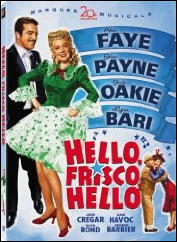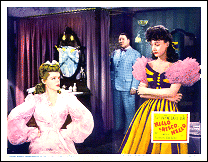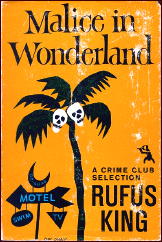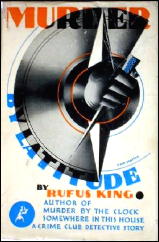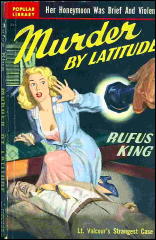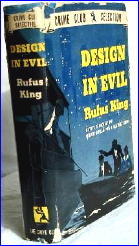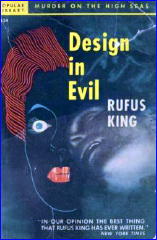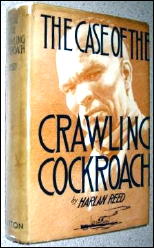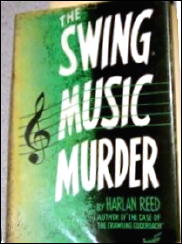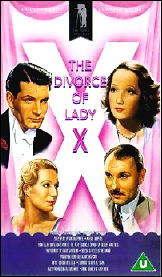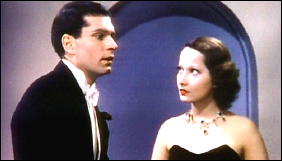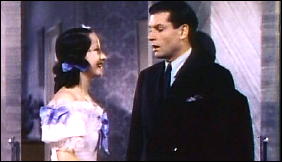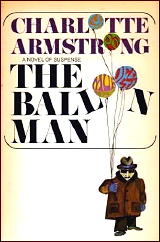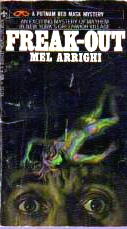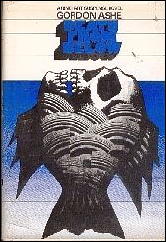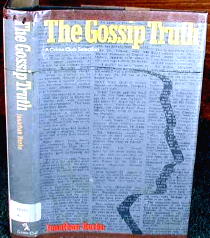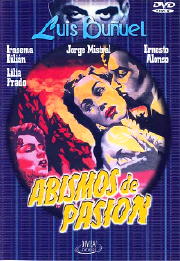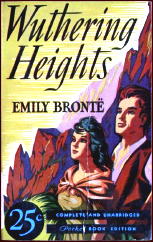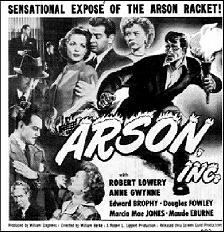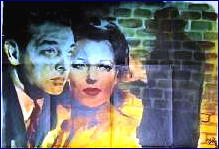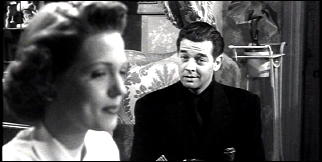A REVIEW BY DAVID L. VINEYARD:
LEO PERUTZ – Master of the Day of Judgment. First US edition: Boni & Liveright, hardcover, 1930. Translation of Der Meister des Jüngsten Tages (Munich, 1923). Reprint editions include: Charles Boni Paper Books [#7], 1930; Collier AS 528V, pb, 1963; Arcade Publishing, hc, 1994.
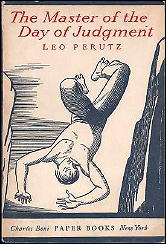
Thus the whole sinister and troubled business lasted five days only, from 26-30 September. The dramatic hunt for the culprit, the pursuit of the invisible enemy who was not flesh and blood, but a fantastic ghost from past centuries lasted only five days. We found a trail of blood and followed it. A gateway to the past quietly opened … step by step down a long dark passage at the end of which a monster was waiting for us with upraised cudgel.
So opens Austrian fantasist Leo Perutz’s 1924 novel, a gothic thriller, locked room detective novel, fantasy, and example of the novel as jest of a kind we are familiar with today in the wake of Nabokov, Joyce, Pynchon, and others, but which must have come as a revelation in Austria in the period after the devastation of WW I as the Austro-Hungarian Empire reeled on it’s last desperate legs.
To begin with, Eugen Bischoff, the actor, is dead, found in a locked room, the only clue a pipe belonging to the tales narrator Baron Von Yosch, a distinguished soldier and adventurer, and lover of the actor’s wife Dina.
Dina’s brother sets out to convict Von Yosch, while his friends set out to clear him, and soon things get complicated, as a series of suicides strike across the city, each coming nearer to Von Yosch, and seemingly aimed at him.
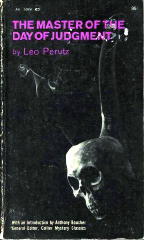
As Dr. Gorski, the Sherlock Holmes figure points out: “Don’t you see the diabolical trap? The seat of the imagination is also the seat of fear.”
“Fear and imagination are inseparably linked. The great phantacists (sic) have always been obsessed by fear and terror. Think of E.T.A. Hoffman, Michelangelo, Breugel, Edgar Allan Poe.”
And it is to Poe, Hoffman, and later writers such as Borges this book with its affectionate turn on popular fiction owes much of its charm and power.
Admittedly this is hardly a fair play mystery, and Barzun and Taylor are hard on it in Catalogue of Crime simply by their having imagined it was ever meant to be taken as one. Indeed the solution (or at least the first solution) involves one of those drugs unknown to science right out of Sax Rohmer and the doings of Dr. Fu Manchu; the Detection Club would be horrified:
“It’s very ancient, and it’s origin is no doubt sought in the East. Fire and ecstasy. Have you ever taken an interest in the Assassins? Today you may have held in your hands the drug, or one of the drugs, by which the Old Man of the Mountain controlled men’s minds.”
And then Perutz turns all that has gone before on its head in a moment worthy of Agatha Christie, the novel becoming a psychological mystery:
Was it a revolt against inalterable fate? But looked at from a higher stand point — has this not always been the origin of all art? Does not every eternal masterpiece derive from the experience of disgrace, humiliation, wounded pride? … the great vision that for a moment raises the master above his tormenting guilt.
Perutz was a master of the literary twist, the kind of gamesmanship we have grown accustomed to today, but seldom accomplished with his economy and skill as an artist.
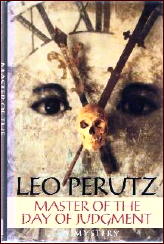
Among his best known books are Leonardo’s Judas, The Marquis of Bolibar, Saint Peter’s Snow, and By Night Under the Stone Bridge. These are works that belong beside Borges and Nabokov, and like them often play with the familiar tropes of popular literature, the adventure story, detective story, mystery, and the true gothic romance.
Acclaimed by Graham Greene, Ian Fleming, Jorge Luis Borges, and Italo Calvino, Perutz is a fantasist, but his fantasy arises from realism and his works often have the qualities of 1001 Arabian Nights or The Saragosa Manuscript, stories within stories, hidden meanings. signs, and mysteries deeper than merely who-dun-it.
Truth and even beauty found among the musty trappings of the gothic imagination and the familiar forms of the detective novel.
Reading Perutz may alter your perception of popular fiction. For a while you may find yourself expecting twists that never come and outcomes most authors never intended, but it is worth the trouble.
As does Borges, he finds deeper mysteries lurking in the shadows of genre fiction and like Nabokov illuminates them with a quiet but barbed humor. That his eye is also sharp as a scalpel and cuts as deeply is only one of the bonuses of discovering his work.
